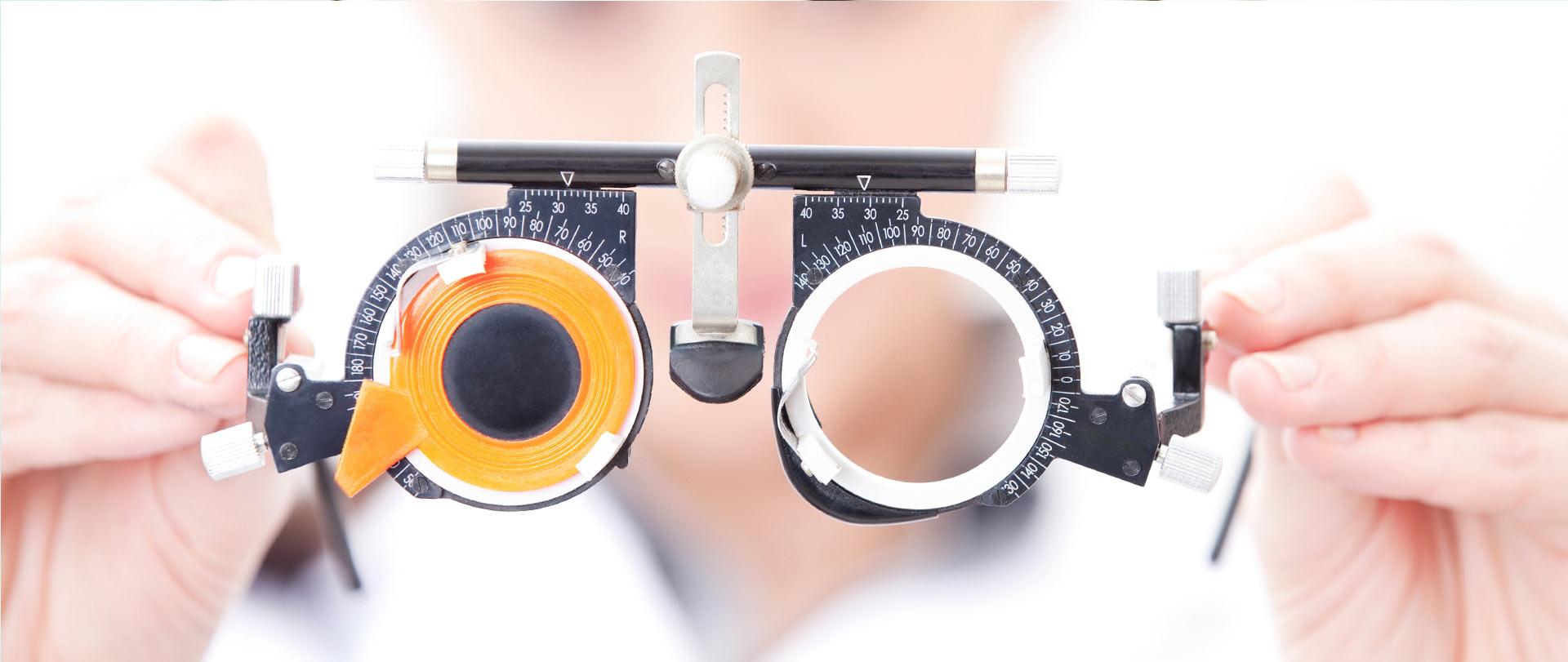Glaucoma Management

Glaucoma is the second-leading cause of blindness in the United States. It’s often referred to as the “silent-thief” because of how slowly it steals a person’s vision without setting off alarms, or showing any warning signs or symptoms. Nearly two and a half million people have glaucoma; more than half don’t even realize it.
Causes
Glaucoma is a disease that damages the optic nerve. Like a cable wire, the optic nerve is responsible for carrying the images from our eyes to our brain. Damage to the optic nerve can occur when the pressure within the eye increases, usually due to a build-up of aqueous fluid inside the eye.
This leads to the development of blind spots in our field of vision. Without routine eye exams to check the health of your eyes, these blind spots can go undetected until the optic nerve is significantly damaged and a great loss of peripheral or central vision has already occurred.
Damage to the optic nerve may also occur without elevation of intraocular pressure. This is known as normal tension glaucoma. Conversely, the pressure may be elevated at times without damaging the optic nerve. This is a condition known as Ocular Hypertension.
Who Is At Risk For Glaucoma?
Since glaucoma can affect anyone, it is important to receive regular, comprehensive examinations. Although everyone may be at risk for glaucoma, there are certain factors that can increase your risk:
- 45 years or older
- Increased eye pressure
- Family history of glaucoma
- Severe nearsightedness
- African-American, Hispanic or Asian descent
- History of eye injury causing bleeding in the eye
Prevention
Regular exams by your eye doctor are the only way to detect glaucoma. Depending on your age, the frequency of routine exams that can detect glaucoma should be at least:
- 40 and under: once every three years
- 40-65: once every two years
- 65 and older: every year
Glaucoma Treatments
In most cases, damage caused by glaucoma cannot be reversed. Eye drops are the usual means of treating glaucoma. Sometimes laser or surgical treatments may be necessary to prevent or slow further optic nerve damage. Our doctors use their knowledge in combination with their expertise and experience to determine which treatment is best for you.
Minimally Invasive Glaucoma Surgery (MIGS)
Minimally Invasive Glaucoma Surgery (MIGS) is a tremendous recent advance in glaucoma care. Prior to MIGS, treatment options were limited to medications, laser, and major glaucoma surgeries. MIGS, using devices like the Glaukos iStent, provides a less invasive and very safe surgical approach to glaucoma surgery. MIGS is usually, but not always, performed at the same time as cataract surgery in patients with mild to moderate glaucoma. The iStent is the smallest medical device every implanted into humans, and is used to decrease eye pressure by internally bypassing the high resistance portion of the eye’s drainage system. The iStent was approved by the FDA in the summer of 2012, and is the most thoroughly studied glaucoma device on the market today.

